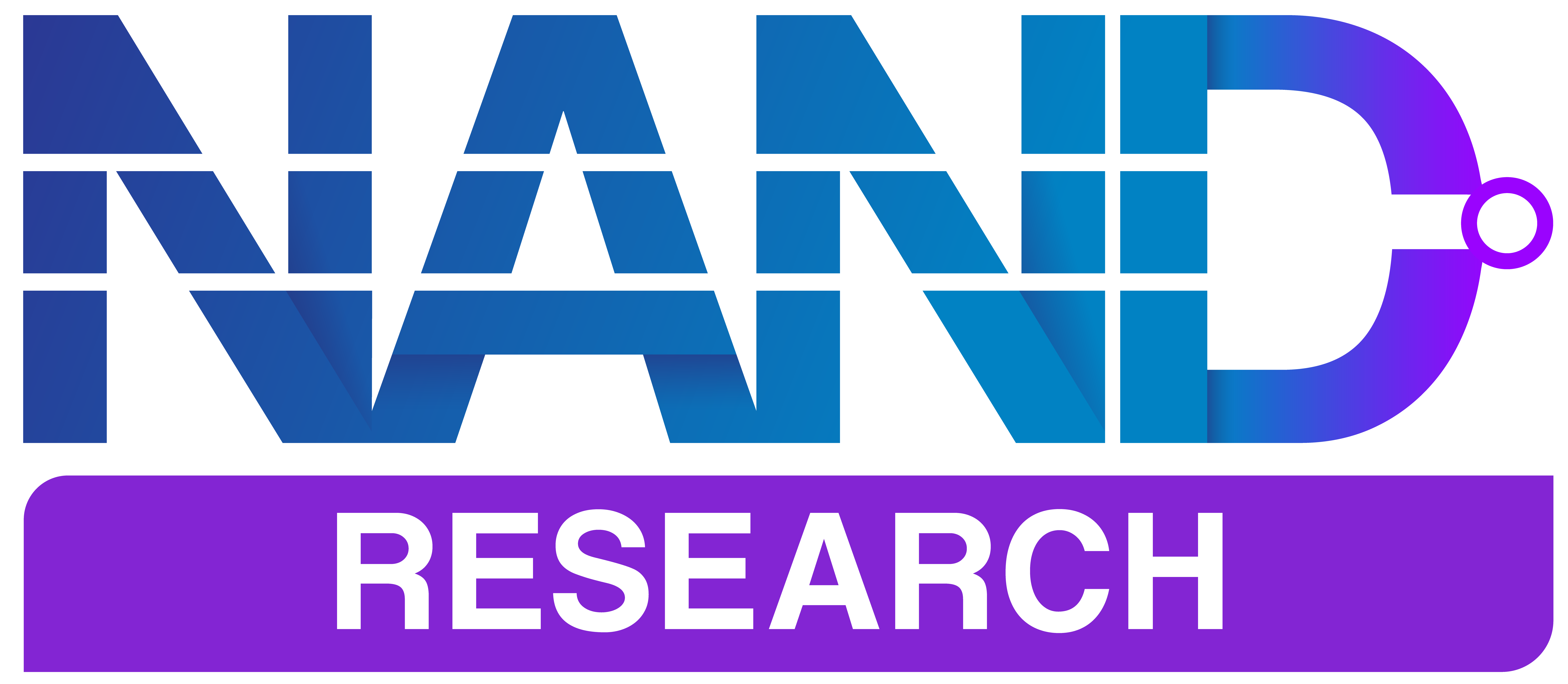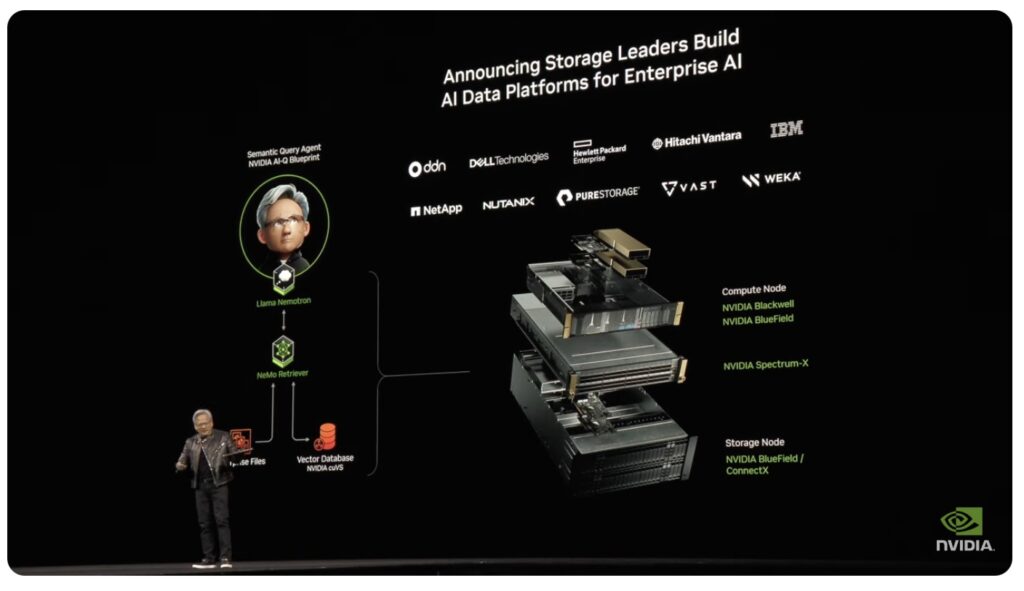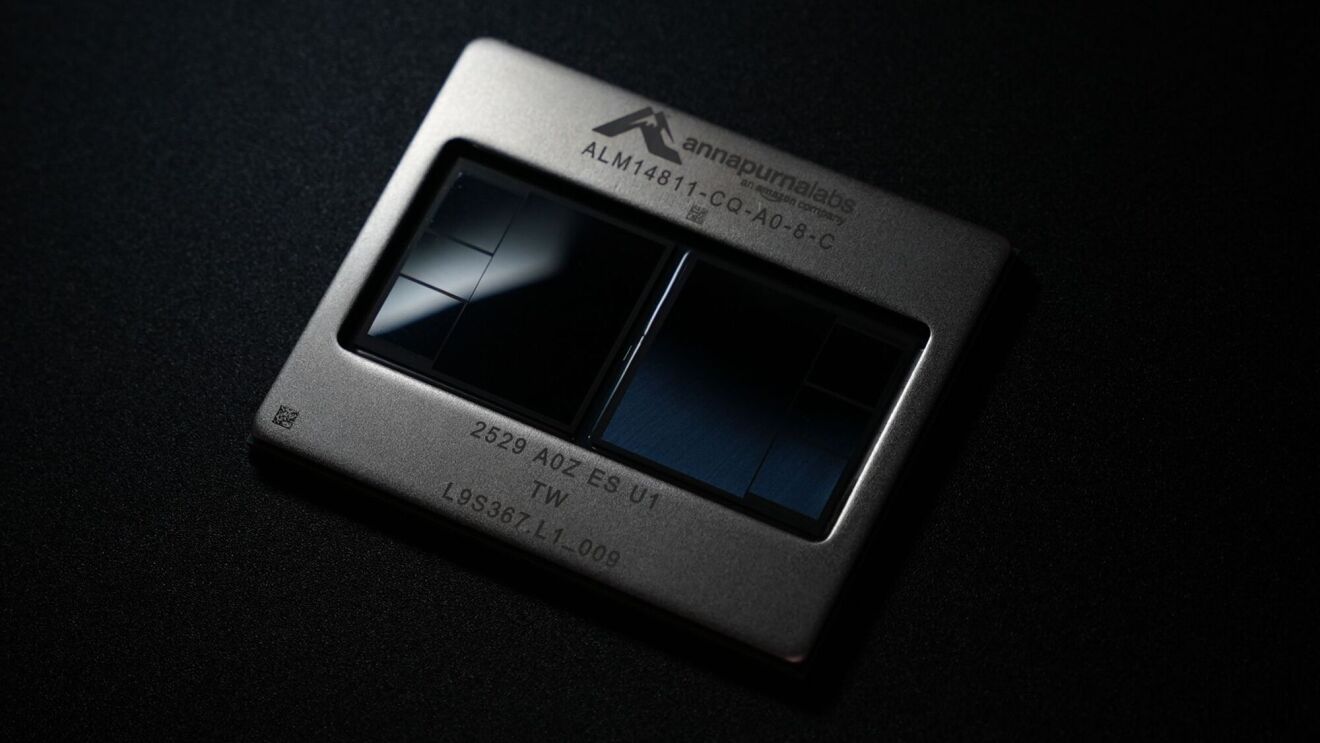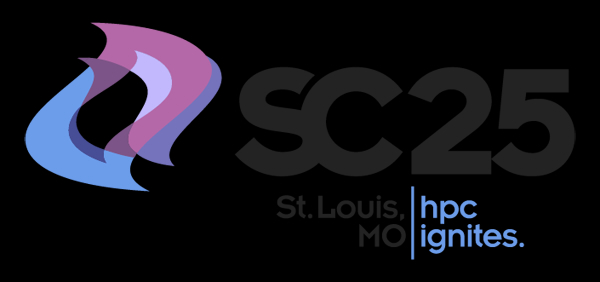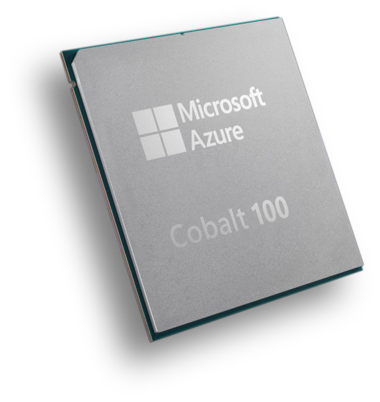If you thought AI was already moving fast, buckle up, Jensen Huang threw more fuel on the fire. NVIDIA’s GTC 2025 keynote wasn’t just about new GPUs; it was a full-scale vision of computing’s future, one where AI isn’t just a tool — it’s the foundation of everything.
Let’s look at what Jensen talk about during his 2+ hour keynote.
The AI Supercomputing Era: Blackwell & Beyond
Huang wasted no time unveiling NVIDIA’s next generation of AI hardware:
- Blackwell Ultra GPUs – More powerful, more efficient, and optimized for training the next wave of AI models.
- Vera Rubin & Rubin Ultra (2026 & 2027) – The future of AI chips, designed for hyperscale AI workloads.
- Dynamo – An open-source inference software platform to accelerate AI deployment across enterprises.
Takeaway: Blackwell isn’t just an upgrade—it’s a full-blown AI revolution, promising 25x more power efficiency than Hopper GPUs. NVIDIA is making sure AI compute doesn’t just scale up — it scales smartly.
The Rise of Agentic AI
Huang declared that we are witnessing the most significant shift in computing in decades:
- AI isn’t just retrieving information anymore—it thinks, reasons, and acts.
- This transition has 100x the compute demands of previous AI models.
- Dynamo → NVIDIA’s new AI factory operating system, designed to handle large-scale AI workloads dynamically.
What’s Next?
- AI will be embedded in everything, from search engines to enterprise software.
- Cloud providers and enterprises will need to rethink their infrastructure—retrieval-based computing is obsolete.
- AI agents are coming to the workplace, with NVIDIA betting on 10 billion digital workers in the near future.
Networking: the Unsung Hero of AI Computing
You can have the fastest chips in the world, but without high-speed networking, AI models bottleneck. NVIDIA knows this and just dropped major upgrades.
- Spectrum-X Silicon Photonics Ethernet Switch – A 1.6 Tbps switch, offering 3.5x energy savings and 10x resilience.
- Quantum-X Networking Chips – Built to power the next generation of hyperscale AI data centers.
Jensen’s Message: “AI’s next bottleneck isn’t compute—it’s networking.” NVIDIA is making sure that doesn’t happen.
Enterprise AI: All About the Software
NVIDIA isn’t just about GPUs—it’s laying down an AI-first software ecosystem for the enterprise.
- Dynamo → NVIDIA’s AI operating system, designed for real-time inference at scale.
- DGX Spark & DGX Station → High-performance AI workstations for researchers & developers.
- Cloud Partnerships → AWS, Azure, Google Cloud, and Oracle are integrating Blackwell GPUs into their services.
Enterprise Takeaway: AI is no longer an R&D experiment—it’s mission-critical. Companies that don’t adapt will be left behind.
New Platforms
Jensen pulled back the curtain on a suite of new PC platforms set to redefine personal and professional computing.
DGX Spark: The Personal AI Supercomputer
First announced at CES as “Digits,” the DGX Spark is NVIDIA’s compact AI supercomputer designed to fit on your desk. Priced at $3,000, it’s powered by the GB10 Blackwell Superchip, boasting up to 1,000 TOPS of AI compute.
Key Specs:
- Memory: 128GB of unified memory
- Storage: Up to 4TB NVMe SSD
- Performance: Supports fine-tuning and inference with the latest AI reasoning models
DGX Station: Scaling Up AI Development
A more robust counterpart to the Spark, the DGX Station is tailored for developers, researchers, and students aiming to prototype and fine-tune large AI models. It’s equipped with the GB300 Blackwell Ultra chip, delivering 20 petaflops of AI performance.
Key Specs:
- Memory: 784GB of unified system memory
- Target Users: Ideal for those requiring substantial computational power without relying on data center resources
Quick Take: This platform bridges the gap between personal computing and enterprise-level AI development, offering unprecedented power in a workstation format.
OEM Collaborations: Broadening the Ecosystem
NVIDIA announced collaborations with leading OEMs — Asus, Dell, HP, Boxx, Lambda, and Supermicro — to produce their versions of the DGX Spark and DGX Station.
DGX Spark is available for preorder on NVIDIA’s website, with deliveries expected this summer. OEM versions of both systems are slated for release later this year.
The Robotics Revolution
NVIDIA isn’t just simulating intelligence; it’s putting it into physical form.
- Blue → NVIDIA’s humanoid AI assistant, co-developed with DeepMind & Disney Research.
- Newton Physics Engine → A breakthrough in AI-driven motor skills, allowing for real-world physical reasoning.
- Cosmos AI → A generative physics AI that trains robots to understand friction, inertia, and real-world physics.
Why It Matters:
- AI is moving from words to actions—robots with physical reasoning capabilities are the next industrial revolution.
- NVIDIA is positioning itself as the Intel Inside of the robotics industry.
- This could become a trillion-dollar market, filling labor shortages and automating real-world tasks.
The Big Picture
Jensen Huang has never been shy about redefining the industry—and this year’s GTC cemented NVIDIA’s place at the center of the AI revolution.
- AI is shifting from perception → reasoning → physical interaction: Generative AI → Agentic AI → Physical AI is the roadmap
- The next decade will be shaped by AI that thinks, reasons, and acts autonomously.
- Computing is no longer about retrieving information; it’s about generating knowledge and decisions in real time.
The AI race isn’t just about who builds the fastest chips—it’s about who controls the infrastructure of intelligence itself. NVIDIA clearly understands that and is leveraging its dominance to ensure its future success.
